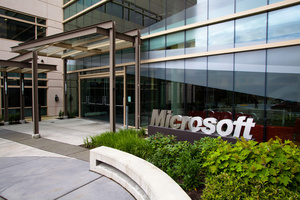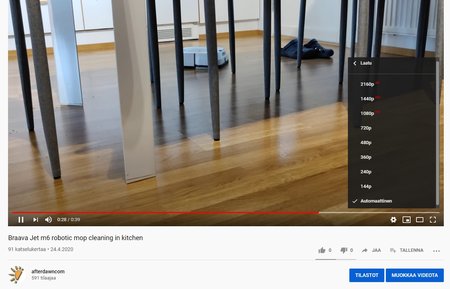
Instagram for MSX released: instagr8
 Yes, you read the headline right. The 8-bit computer back from 1980s is still very much alive. Sold mostly in Japan and in various European countries back in the day, the MSX hobbyist are making sure that the MSX will be relevant, also in 2020s.
Yes, you read the headline right. The 8-bit computer back from 1980s is still very much alive. Sold mostly in Japan and in various European countries back in the day, the MSX hobbyist are making sure that the MSX will be relevant, also in 2020s.
So, to bring the almost 40 year old computer to modern times, there's now Instagram client for it: instagr8. Software itself works on both, the original MSX standard (dubbed nowadays often as MSX1) and on more modern MSX2 computers. As one might expect, the picture quality of Instagram photos is much better when used on MSX2 computers.
Here's a short demo of the software, running on original MSX1:
MSX1 specs aren't exactly top notch nowadays: mere 3.52MHz CPU (or, in modern terms: 0.00352GHz) and with 25kb of free RAM memory to run your own software. To make up this shortfall, most of the code itself has been shifted to server-side processing. Basically, the proxy server in between does most of the heavy lifting and converts the image to be better suited for the ancient computer model. But nevertheless, the project is quite awesome, as you can see from the videos here!
instagr8 is open source project and its code can be found from itse official Github page. As MSX1 standard doesn't include any form of network connectivity, the software also requires a cartridge called GR8NET that adds HTTP layer, network connectivity and more to the MSX1 device. Read more...

 Microsoft's feeling towards open source community have taken a full U-turn during the past couple of years. Most notably, company
Microsoft's feeling towards open source community have taken a full U-turn during the past couple of years. Most notably, company  It might sound like a very small change, but it is interesting decision nevertheless. YouTube has recently changed its video quality classification in a way that no longer categorizes
It might sound like a very small change, but it is interesting decision nevertheless. YouTube has recently changed its video quality classification in a way that no longer categorizes 
 President Donald Trump has extended the ban of several Chinese telecom manufacturers, namely Huawei, to May 2021.
President Donald Trump has extended the ban of several Chinese telecom manufacturers, namely Huawei, to May 2021.
 Several sources claim that Google is planning to retire its popular Chromecast media streaming device line and replace it with Android TV -based device.
Several sources claim that Google is planning to retire its popular Chromecast media streaming device line and replace it with Android TV -based device.





